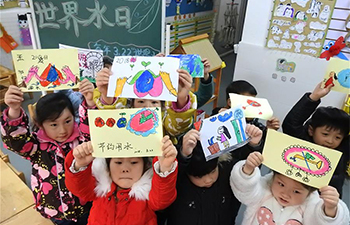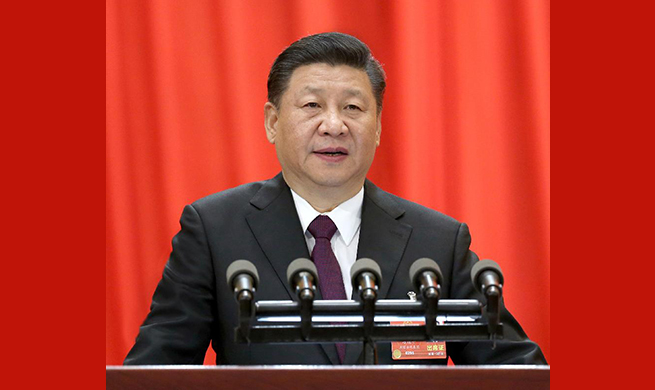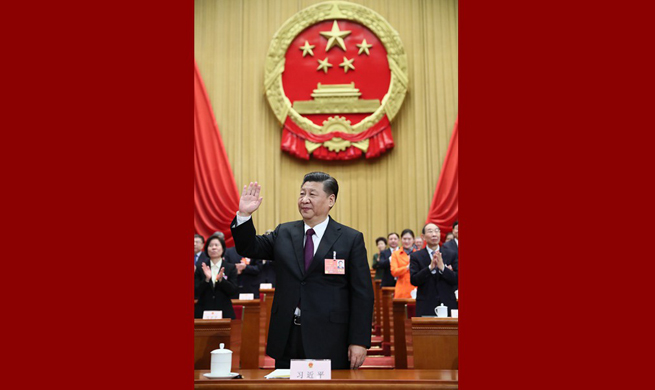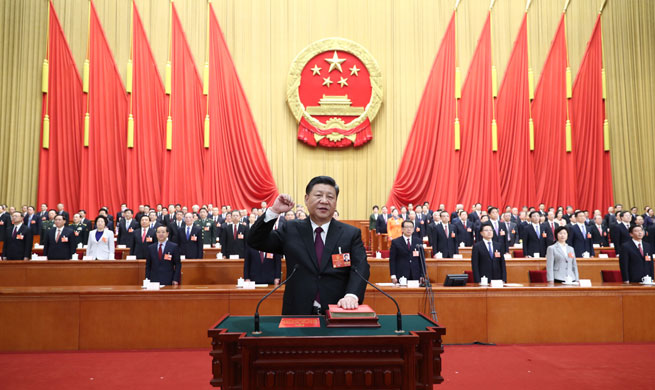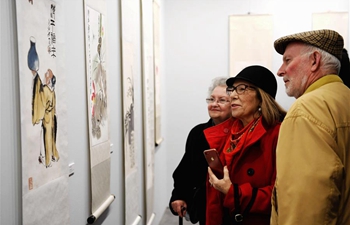by Raimundo Urrechaga
HAVANA, March 22 (Xinhua) -- Since 2015, Cuba has advanced in modernizing its society with new technologies and greater access to Internet in order to facilitate the interaction between government institutions as well as productive and service entities with the population.
Although still in its initial phase, experts in computer science, telecommunications and engineers have worked to develop new technological alternatives that allow Cubans to access applications and websites for different purposes.
"It is a group of useful platforms we have been developing to help the lives of citizens. They have already been programmed and we hope this year local governments, institutions and ordinary Cubans use them," said Medardo Morales, director of the Cuban company of information technologies for defense (Xetid).
Morales detailed these platforms developed by Xetid include electronic commerce, payments, production and services, legal procedures, local governments, entertainment and information and company management.
In a recent exchange with around 1,700 participants from 32 nations that participate this week in Cuba's 17th IT Convention and Fair 2018, Morales emphasized all these apps and websites have been designed in the island.
"We have made them with a strong concept of technological sovereignty and taking into account all cybersecurity issues, ensuring that all those applications and platforms have a high technical interoperability," he said.
The Cuban official stressed they have worked to develop useful technological apps directed towards benefiting the population and the work of local and government institutions.
However, for Morales, technologies alone don't solve any problem because the success in the application of any innovation has a high sociological component.
In this sense, Alberto Quinones, IT director of Cuba's Central Bank, said the institution has the challenge of getting closer to society and implement new technologies in the banking sector.
In 2017, 90 percent of debit card operations in Cuba were to extract cash at ATM machines or bank branches.
"It is a challenge to bring that figure down and promote the use of virtual or electronic channels available today for Cuban clients. They are much more efficient and faster than the use of cash," he said.
Quinones also considered that it constitutes another step in financial inclusion so that more people have easier and safer access to new technological solutions that have already been in practice for several years and others that have just been implemented.
The Cuban financial system has developed several strategies from simple telephone banking, particularly destined for the aging population, to buying thousands of point of sale terminals (POS) for stores, new ATM machines with numerous functions and developing mobile banking apps.
Currently there are 936 ATM machines operating in the island for a rate of about eight per 100,000 Cubans, although this year they will increase considerably after a deal signed in 2017 with a Chinese provider.
Also two new technologies in this type of equipment were introduced last year, a cash recycling cashier and the multifunction ATM, both supplied by the Chinese company GRG Banking Equipment.
The first one allows cash withdrawals and deposits and is a self-service machine that requires almost no human intervention. Meanwhile multifunction ATMs can perform several tasks but in the island it's now been used for foreign currency exchange.
"Today in Havana's Jose Marti International Airport there are 4 ATMs of this type where locals and visitors can exchange U.S. or Canadian dollars as well as the Euro for the Cuban convertible peso (CUC)," he said.
Quinones also pointed out new electronic channels were recently introduced, for e-commerce and mobile banking, although they are still in an initial trial period.
Through a mobile banking app, Cubans can already pay their bills (gas, electricity, water and telephone), in addition to transferring money between bank accounts and paying their income taxes.
Also, new websites for different cellphone and telephone services and one of Havana's supermarkets are also available for locals to make their purchases online.
As support for all these electronic channels are debit cards, which according to Quinones by the end of February local banks had already issued over 4 million, representing about 45 percent of the island's population eligible to open any type of bank accounts.
"The Central Bank of Cuba, in coordination with financial institutions, has been working to achieve a greater use of bank facilities and it's our goal to continue increasing the number of people who can access these financial services," the official said.
Efforts that are linked to other government institutions involved in achieving the technological modernization of the Cuban society.
Investments in this sector are completely financed by the Cuban government representing a true challenge to rapidly and massively insert new technologies due to the island's financial limitations.
Nonetheless, senior officials and even the nation's first vice president, Miguel Diaz-Canel, have reiterated Havana has the political will to continue developing the use of information and communication technologies even with economic restrictions.





